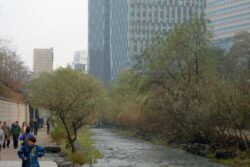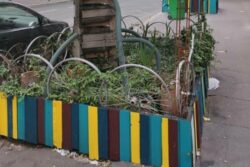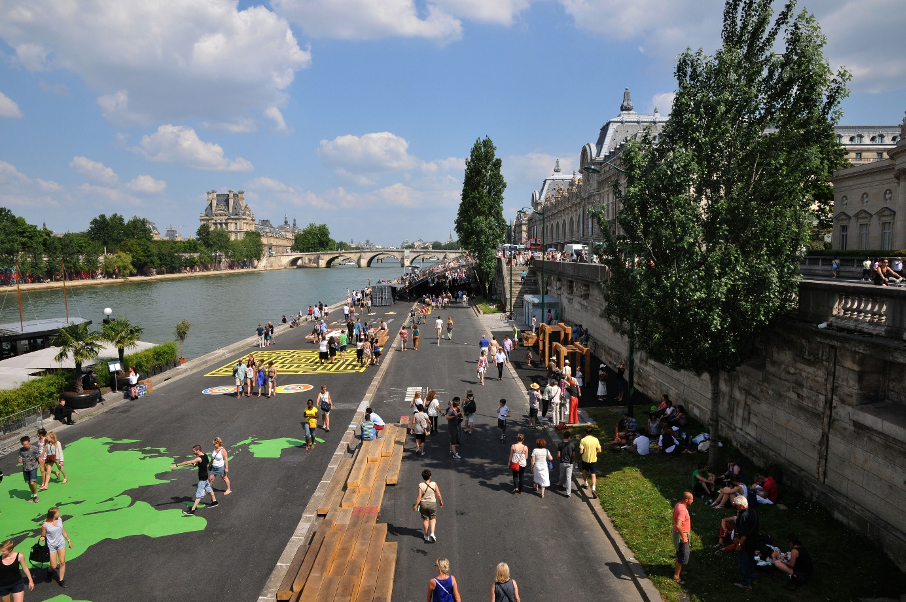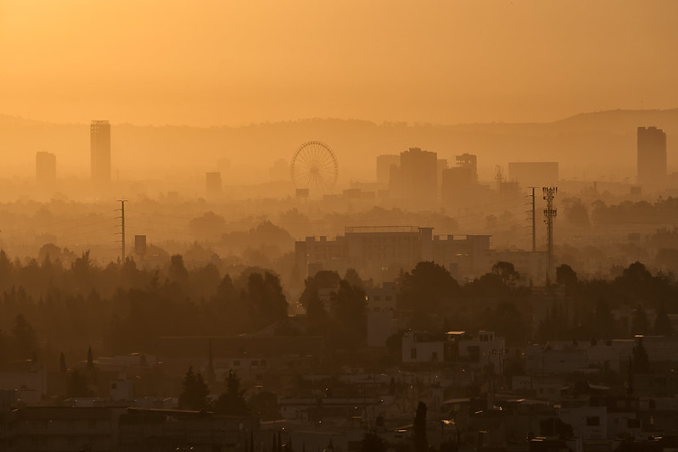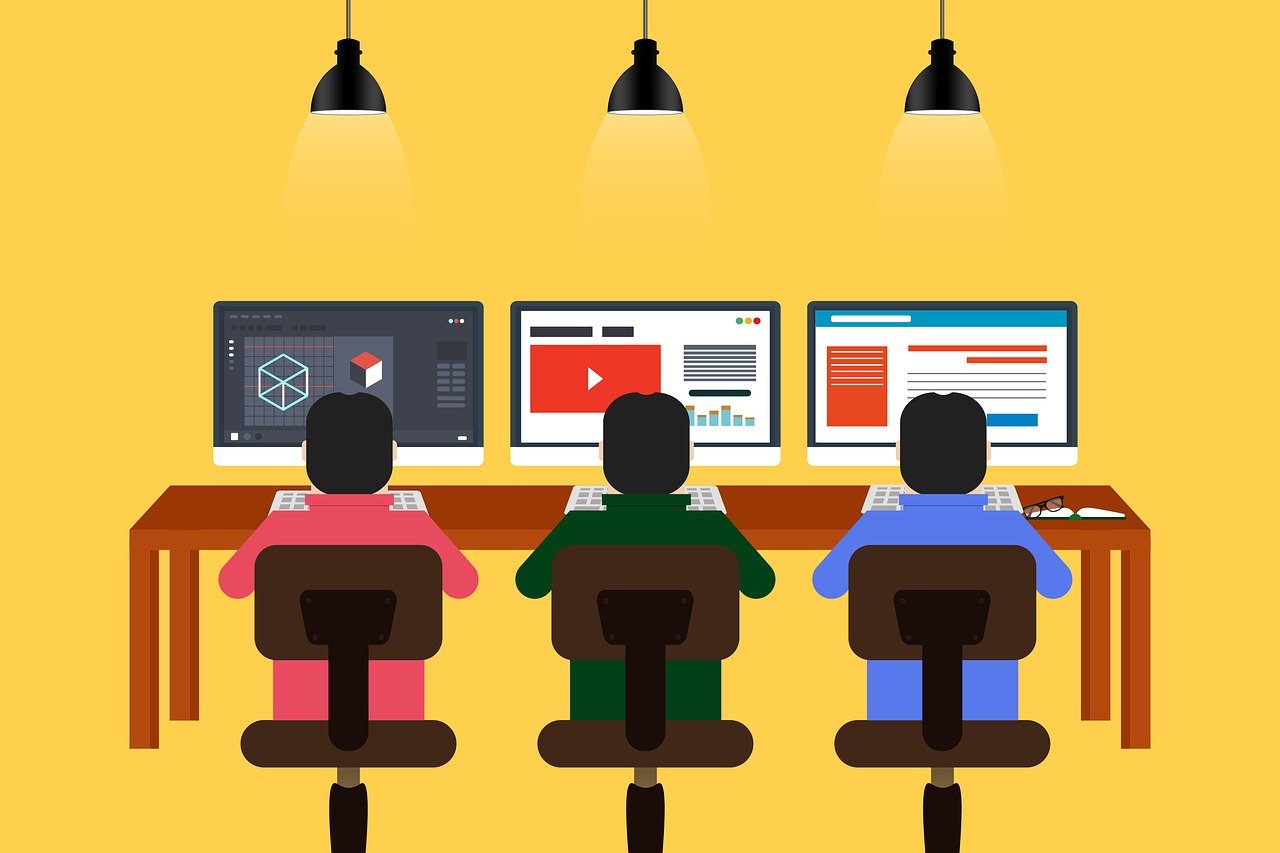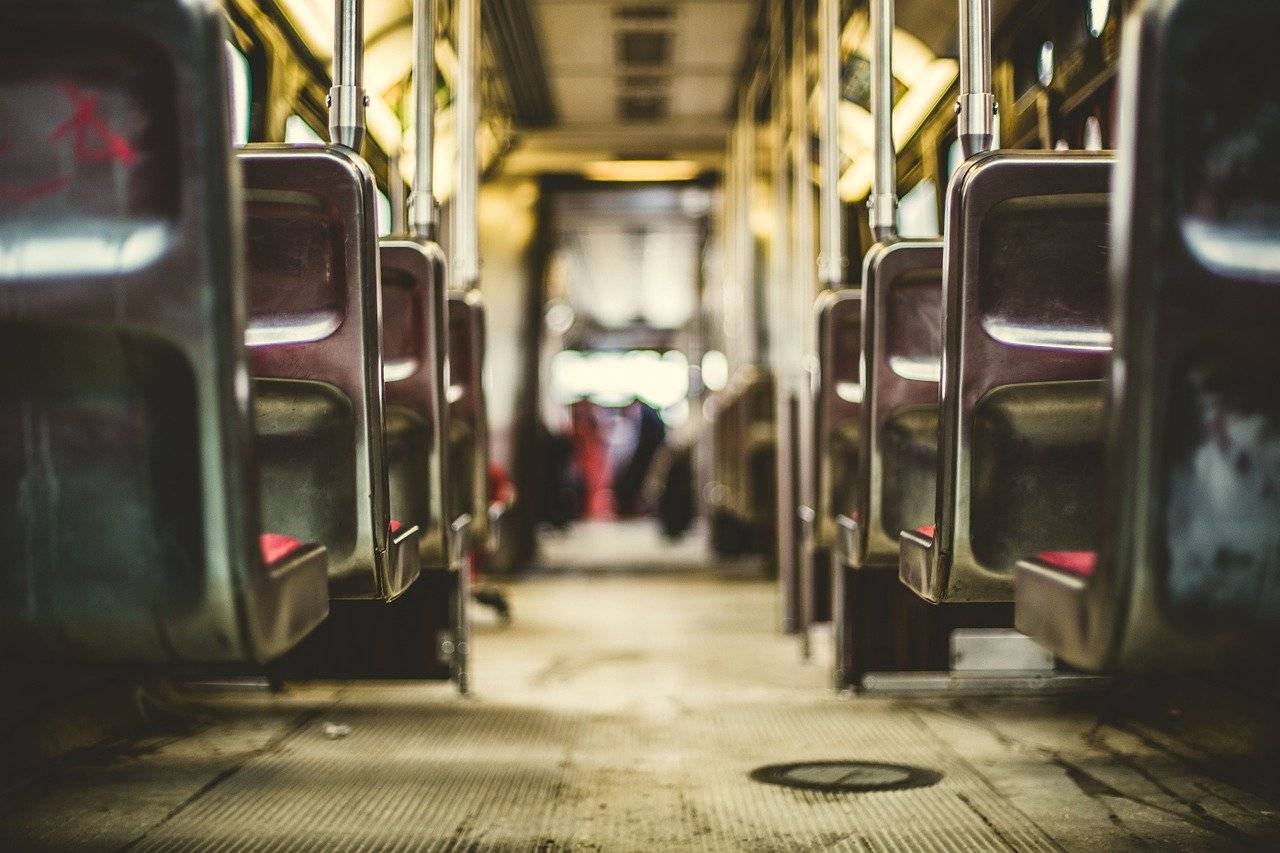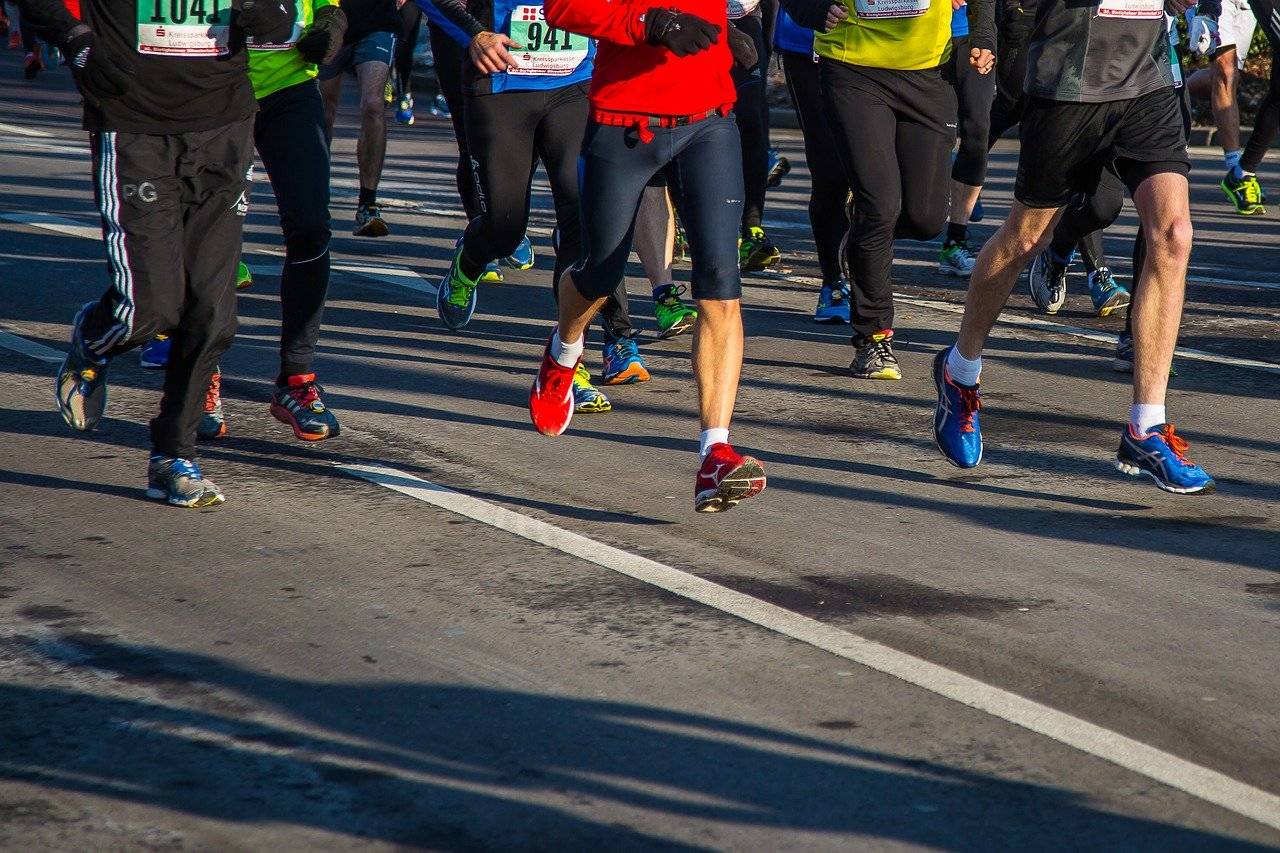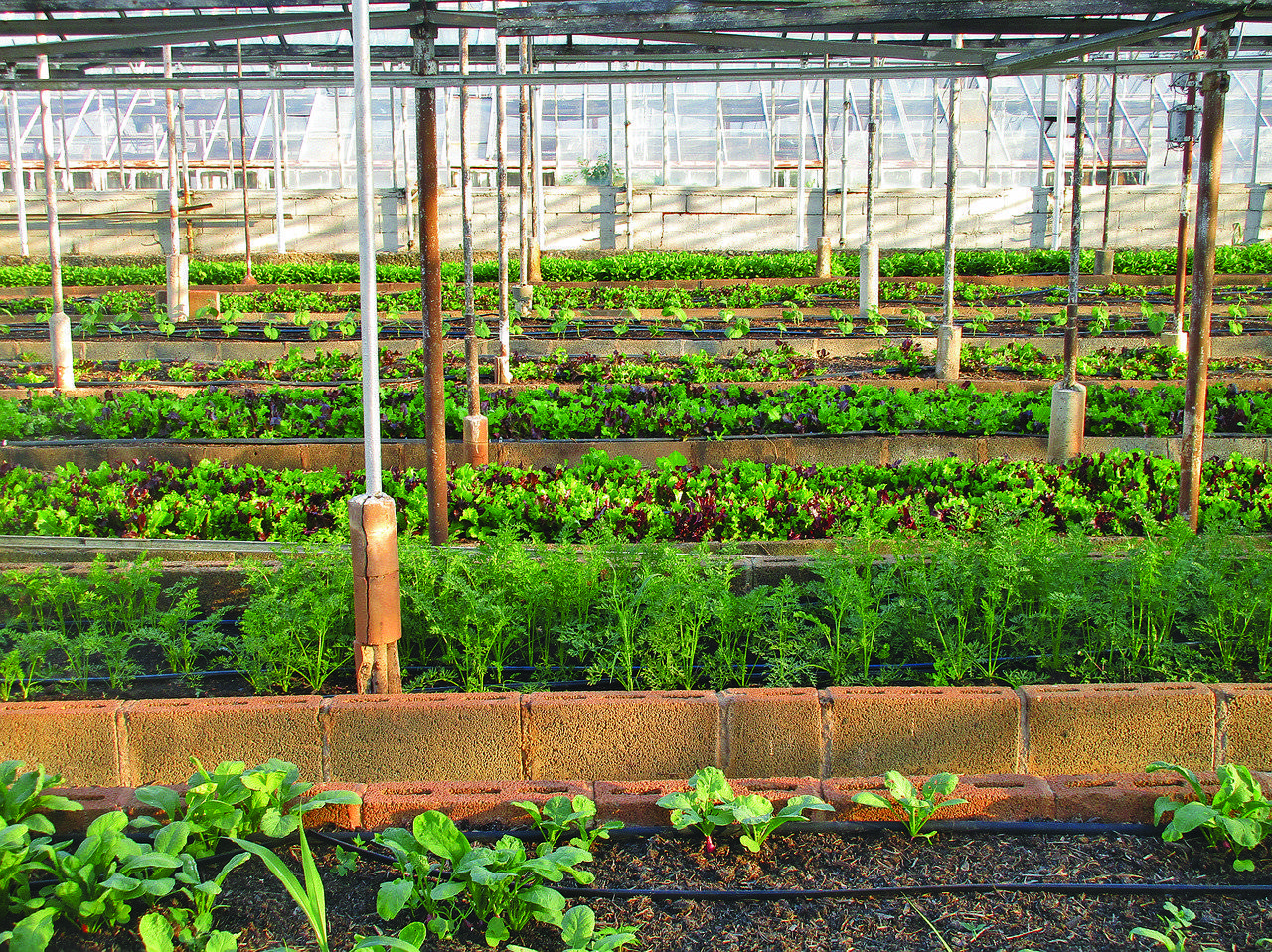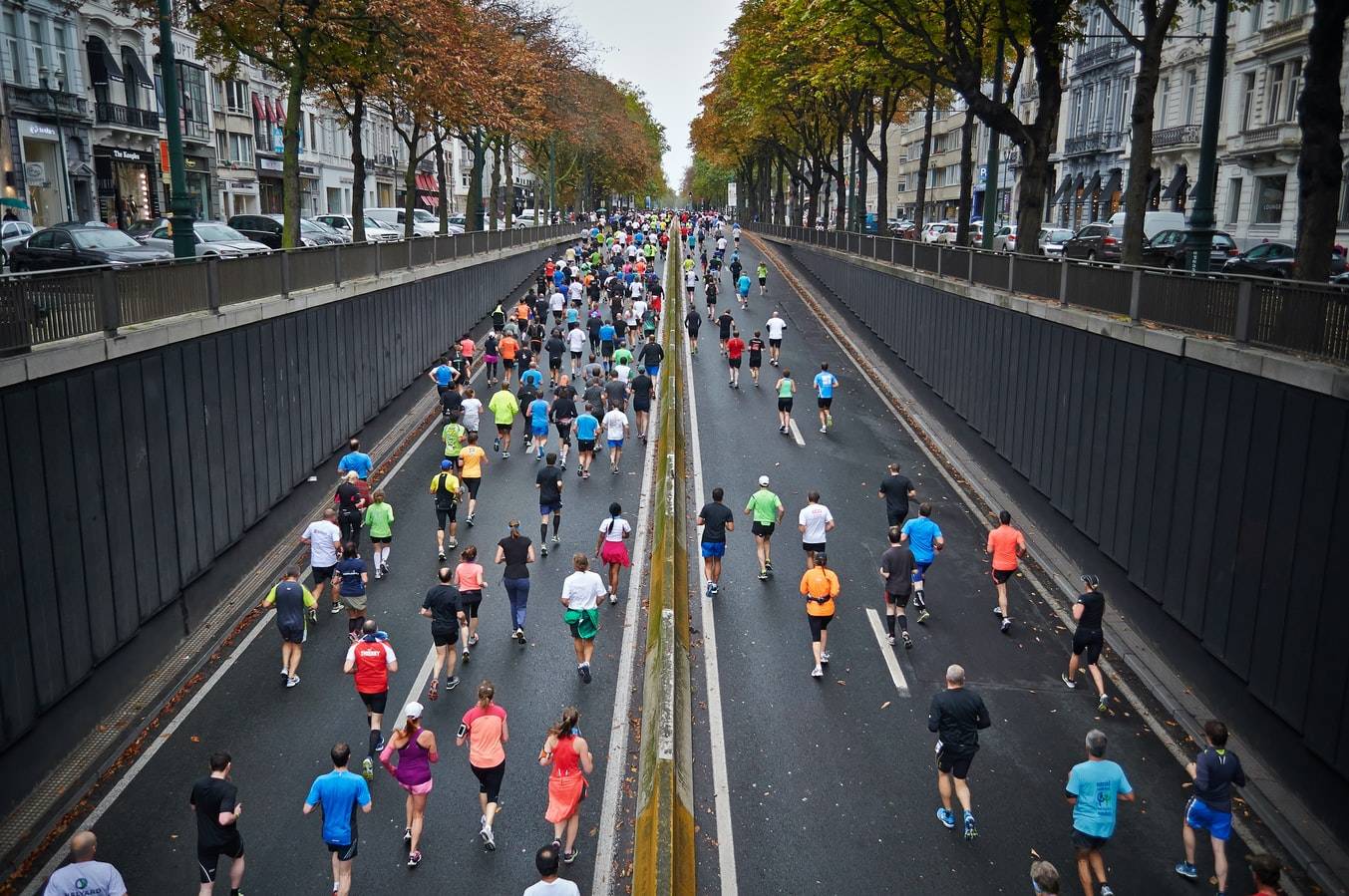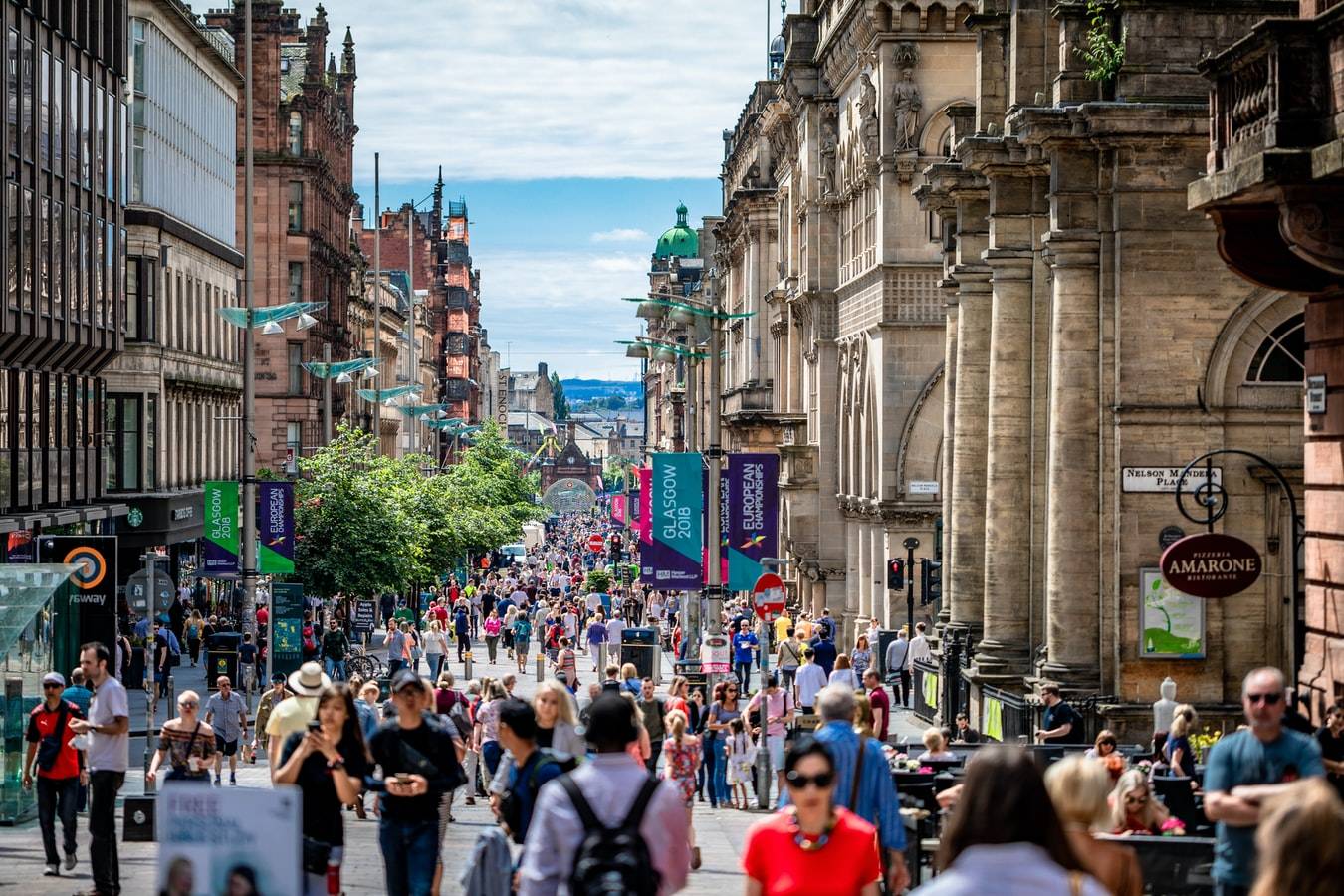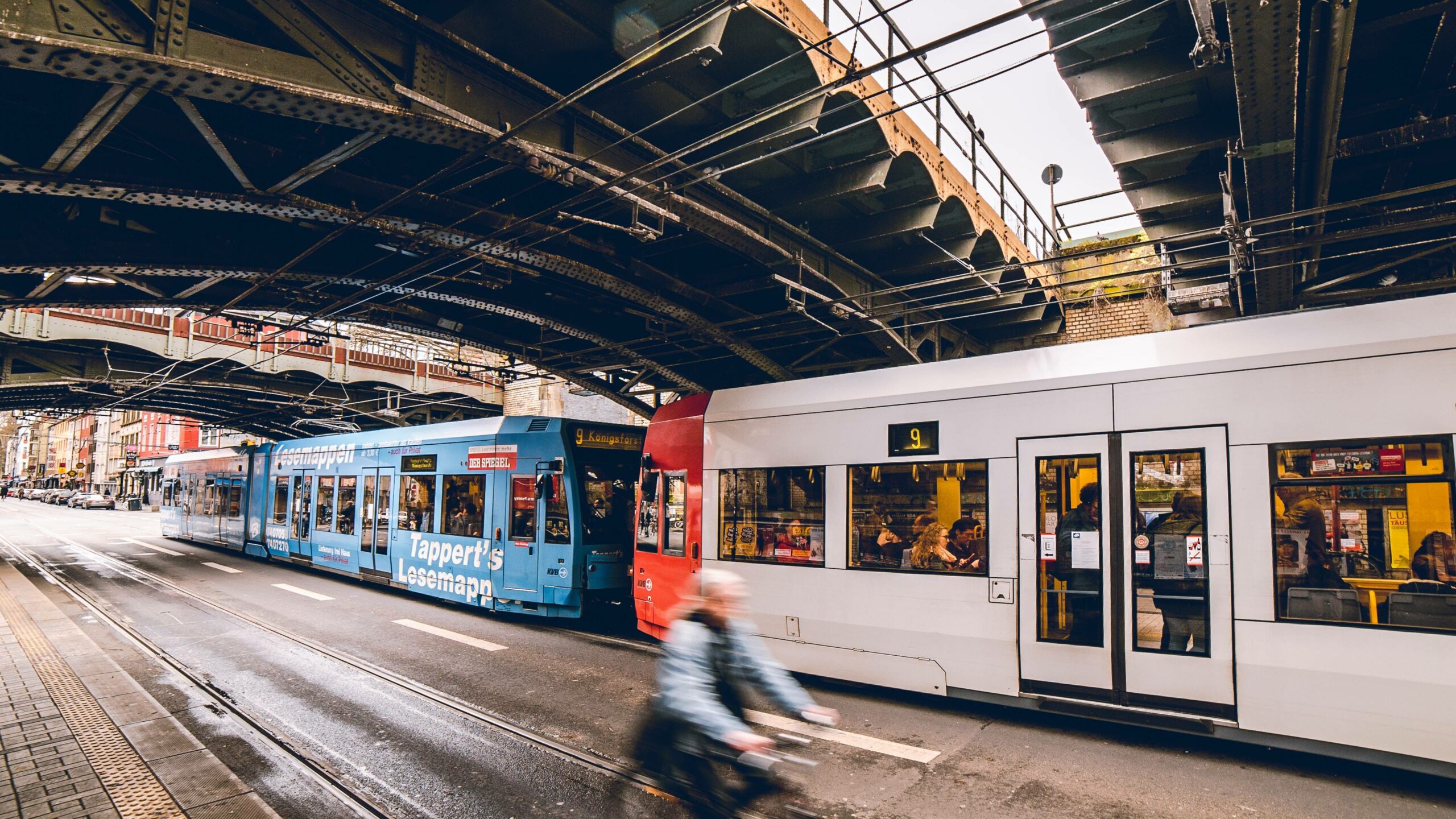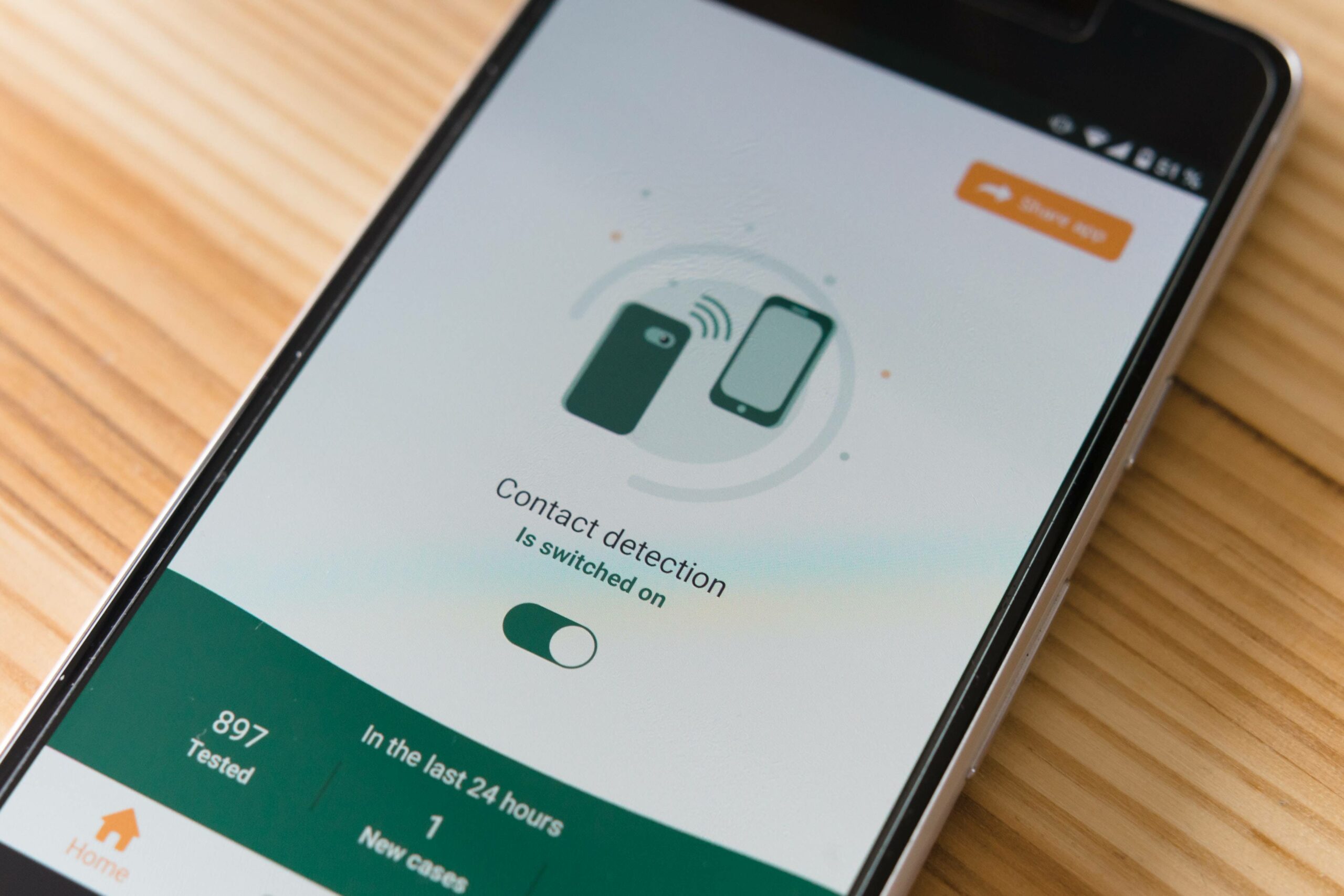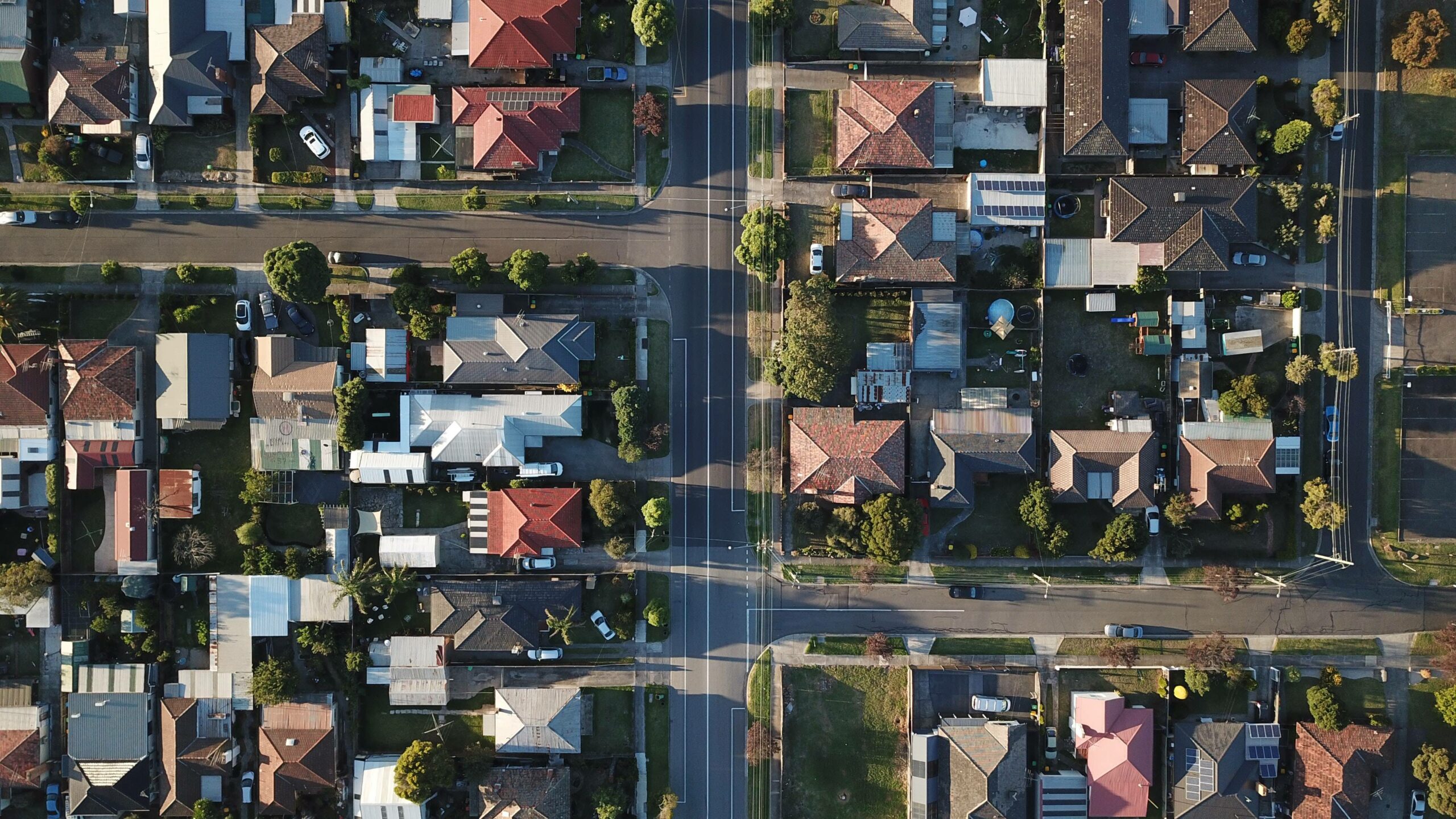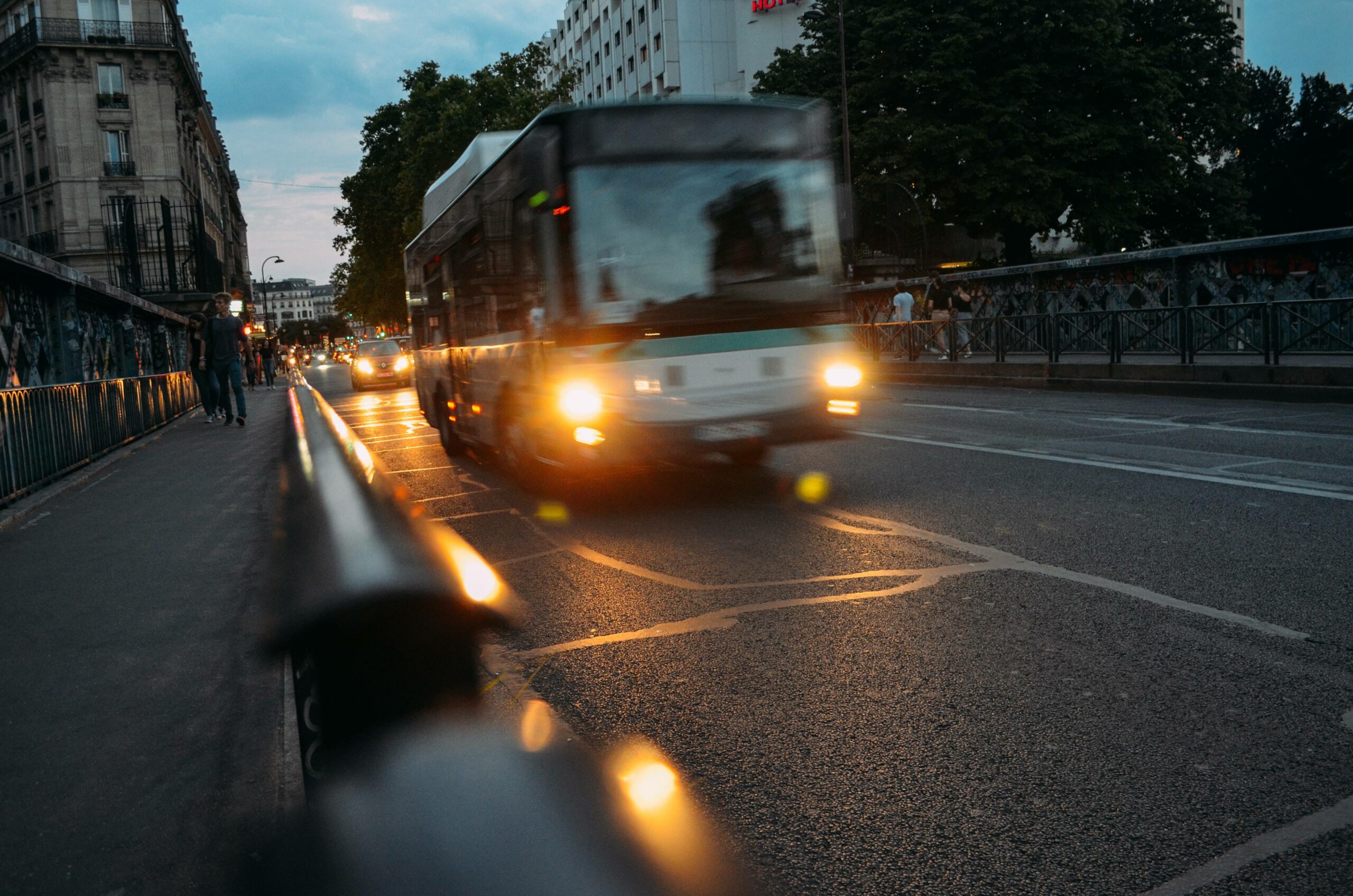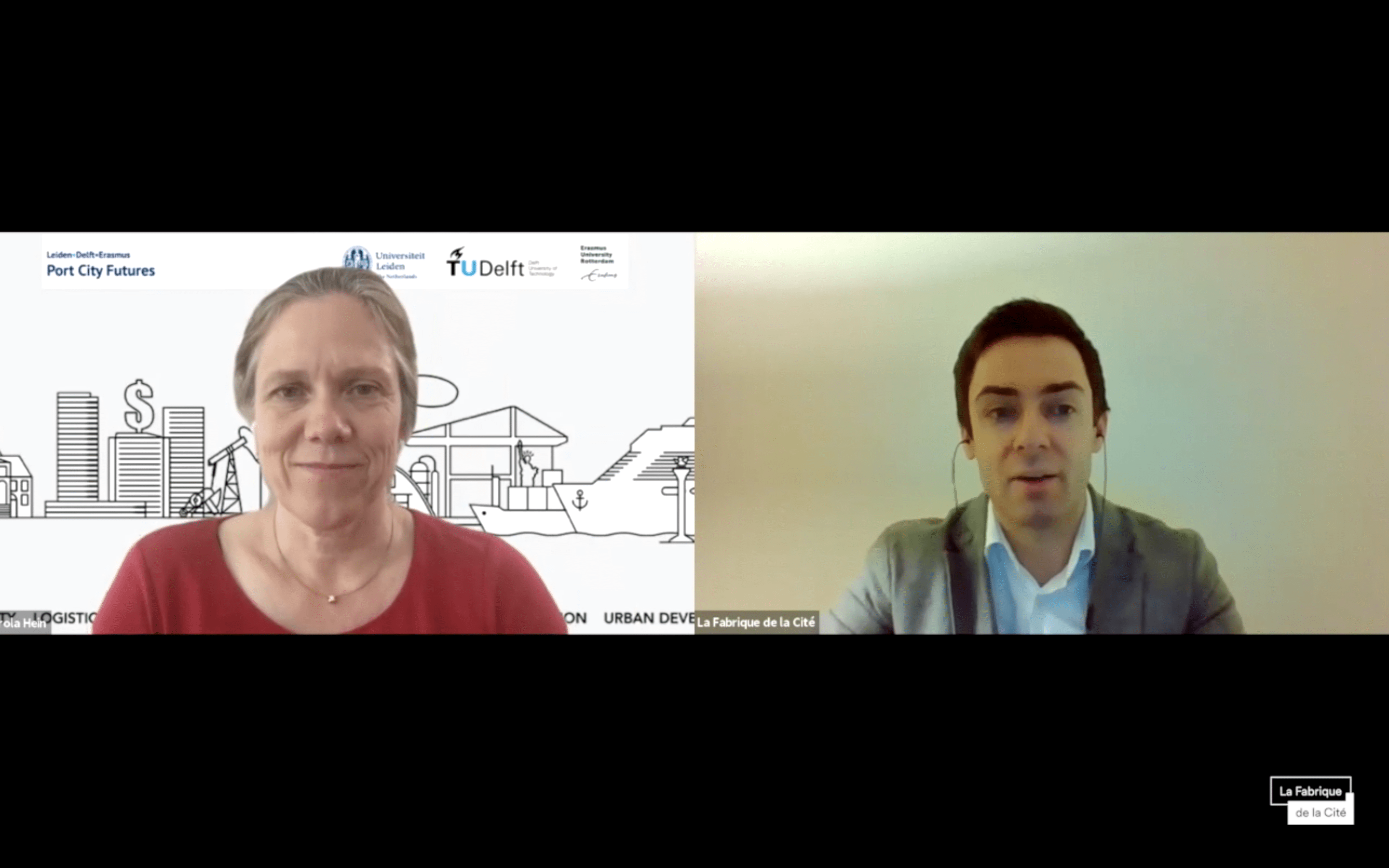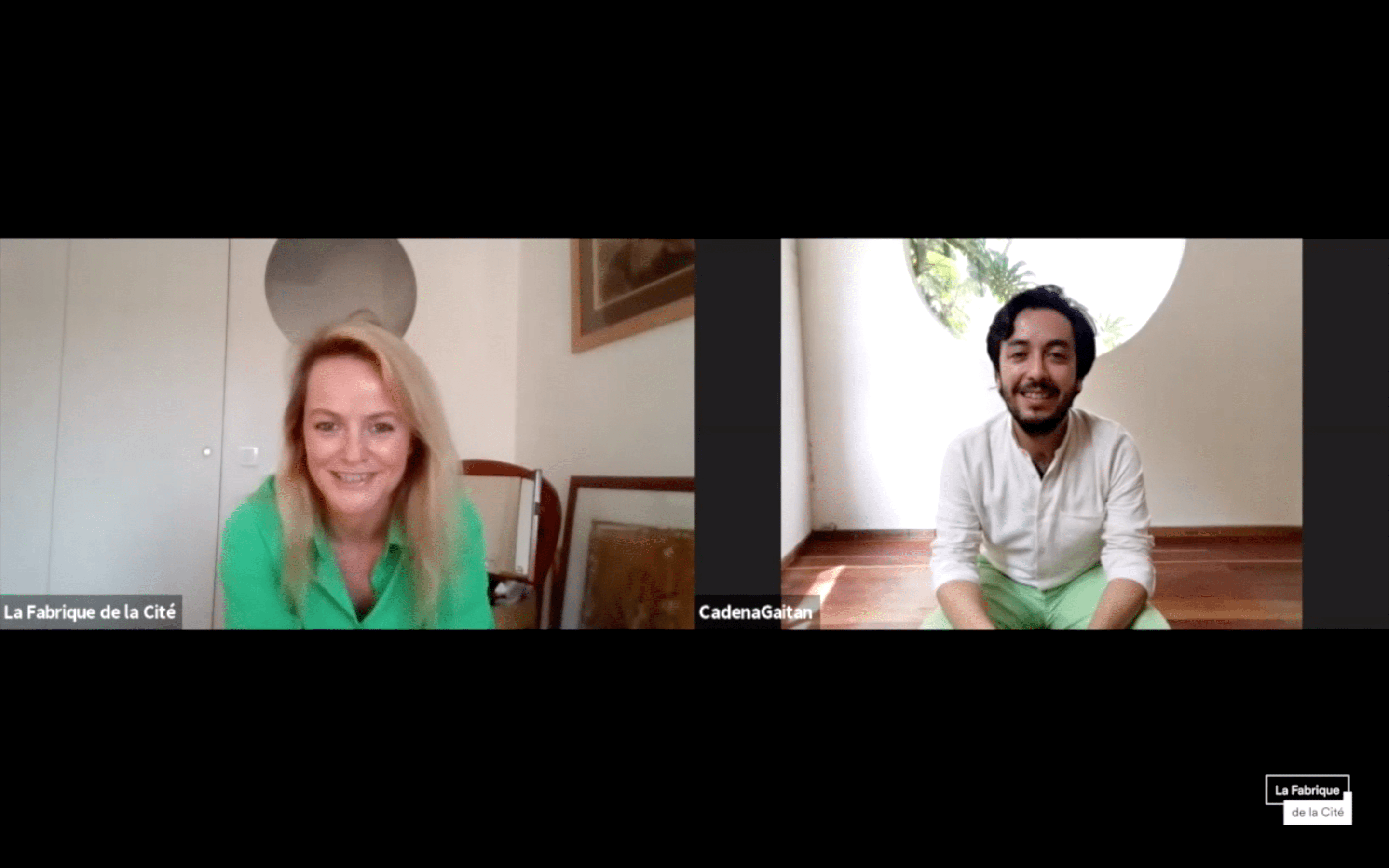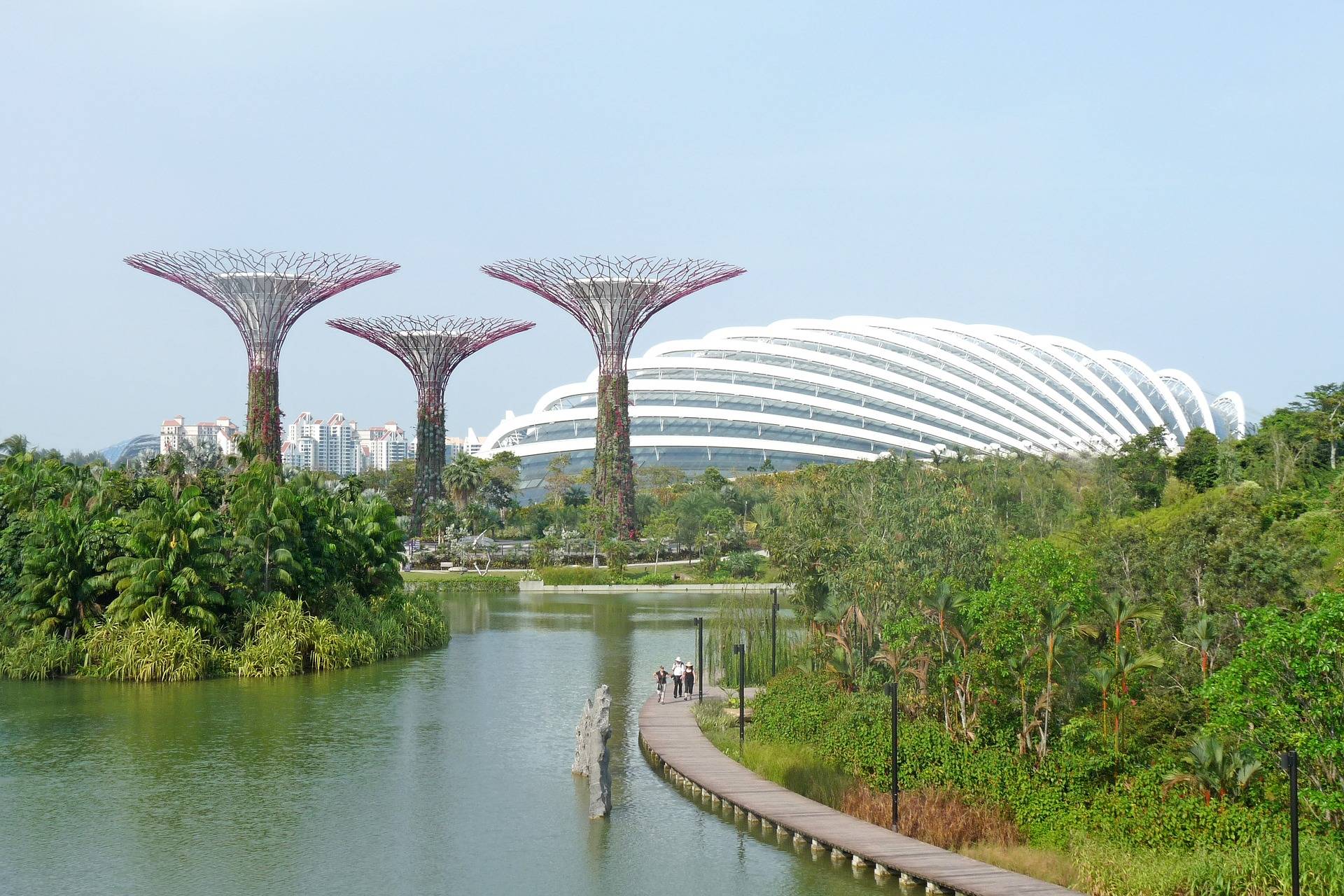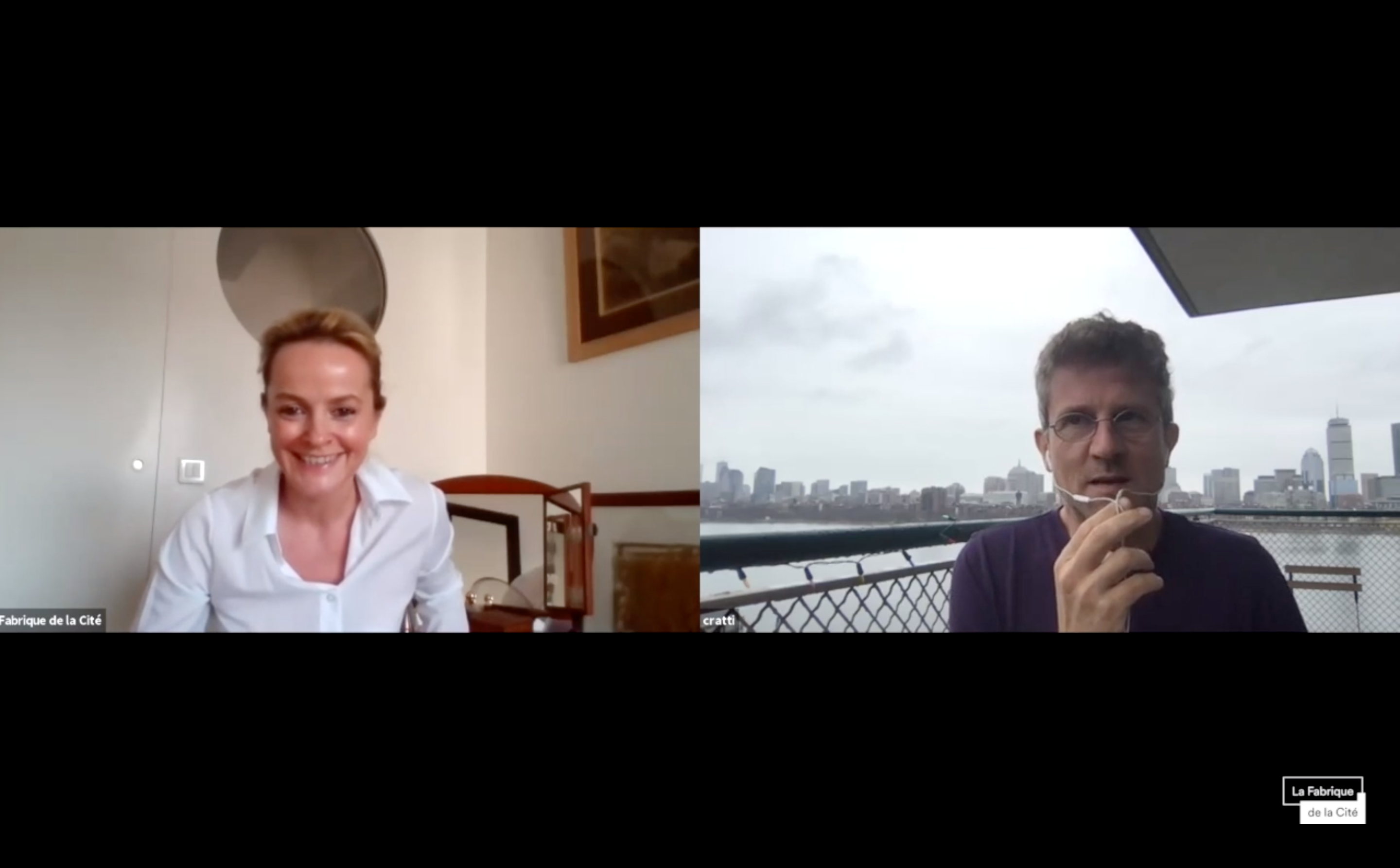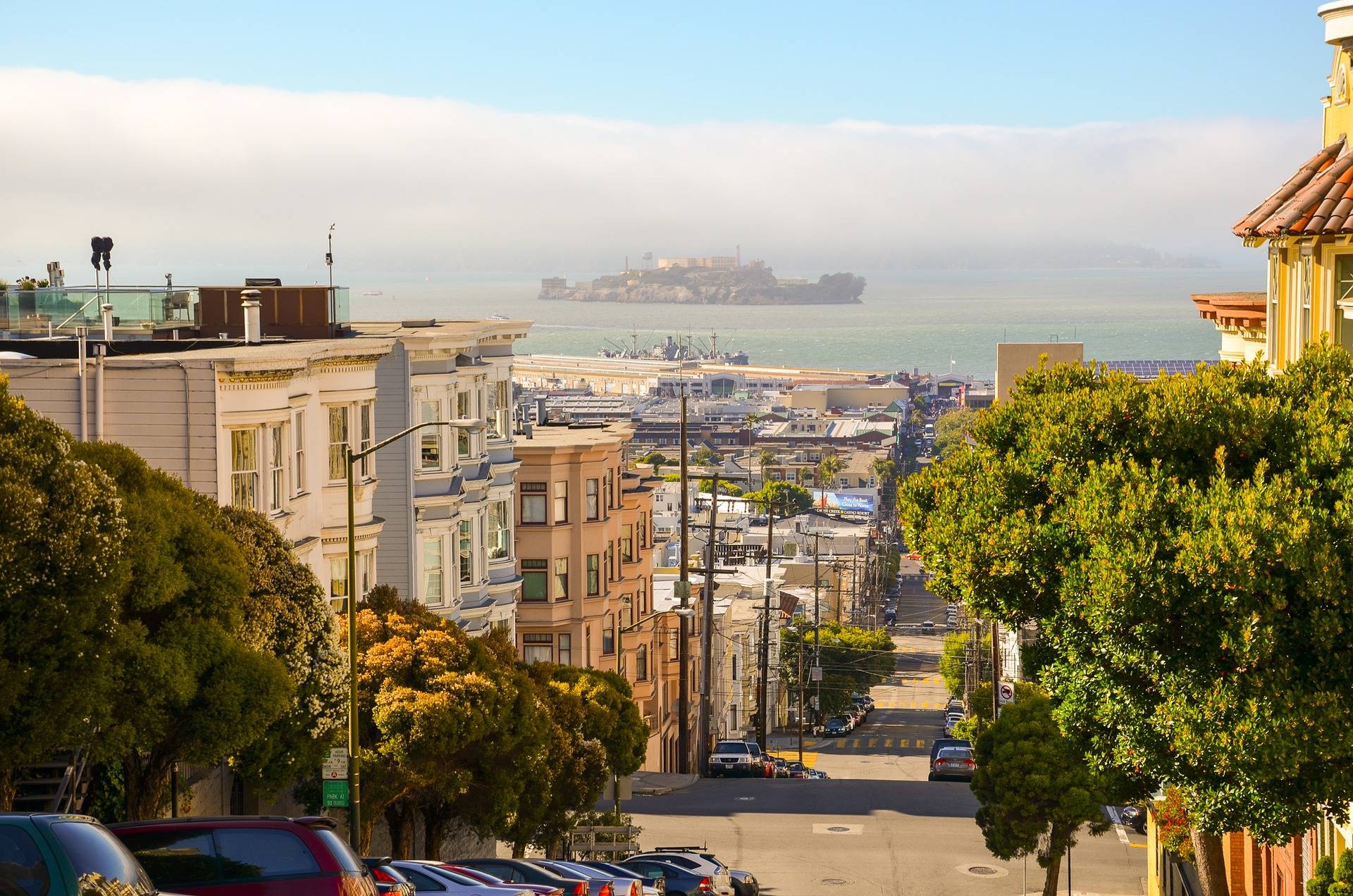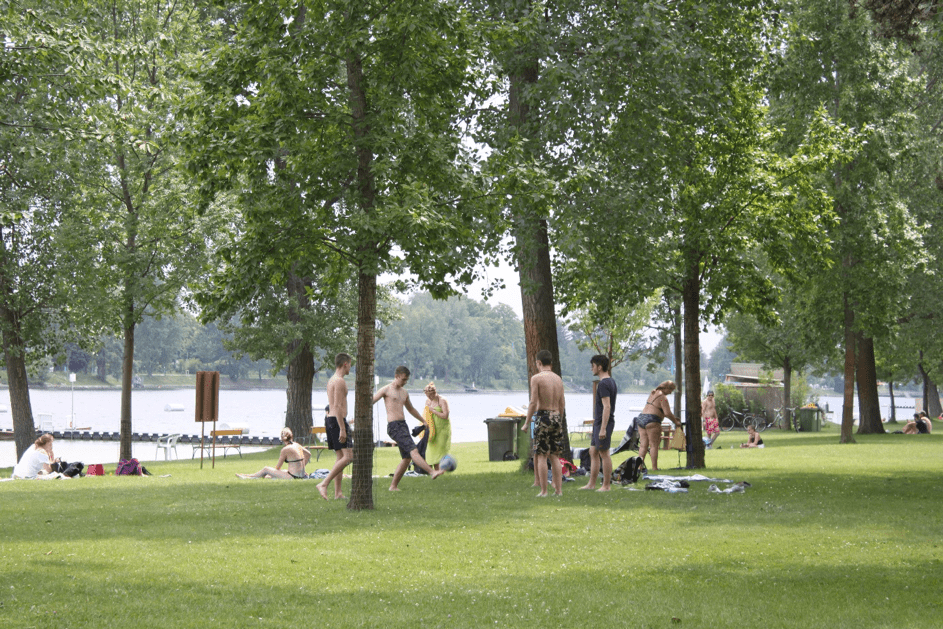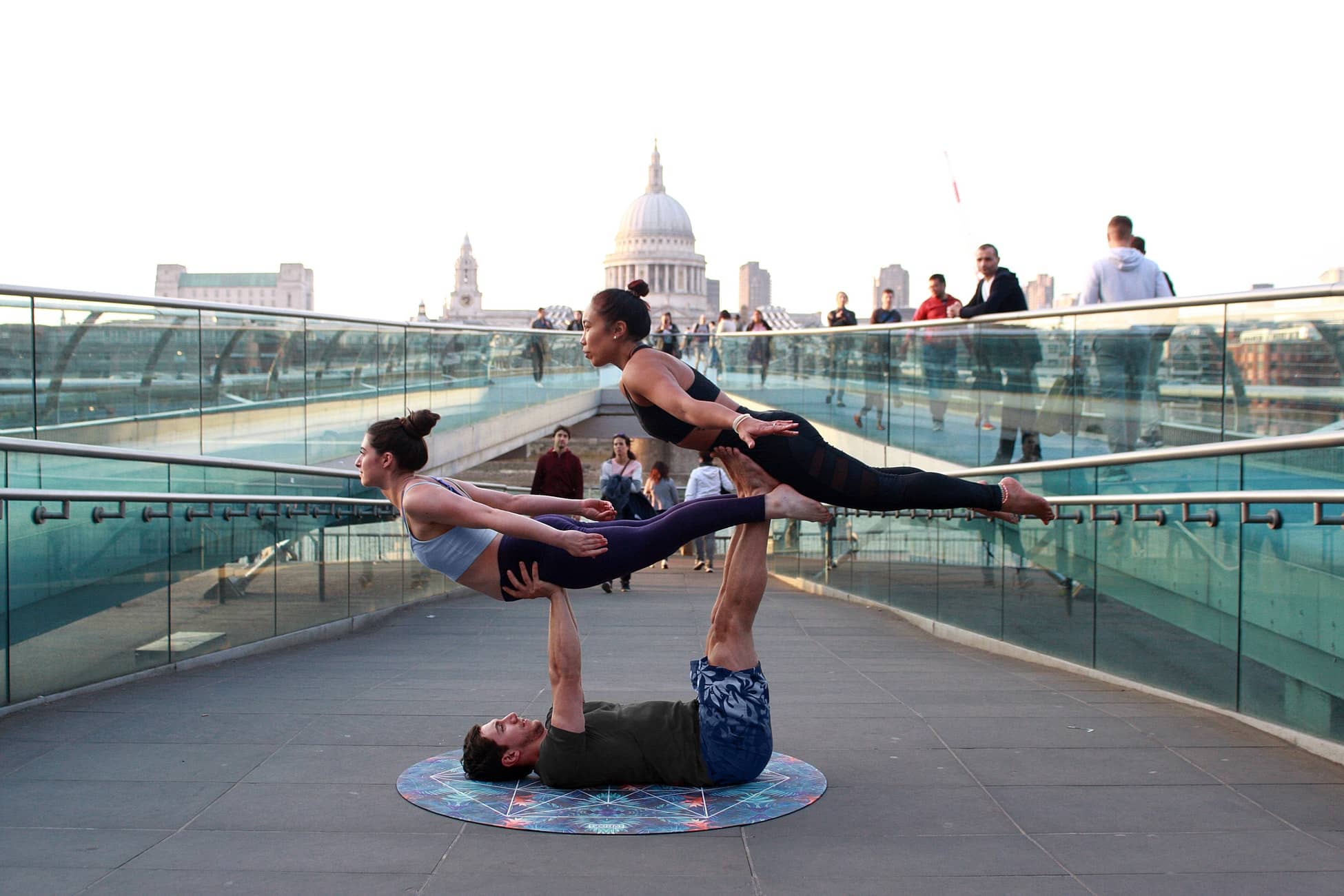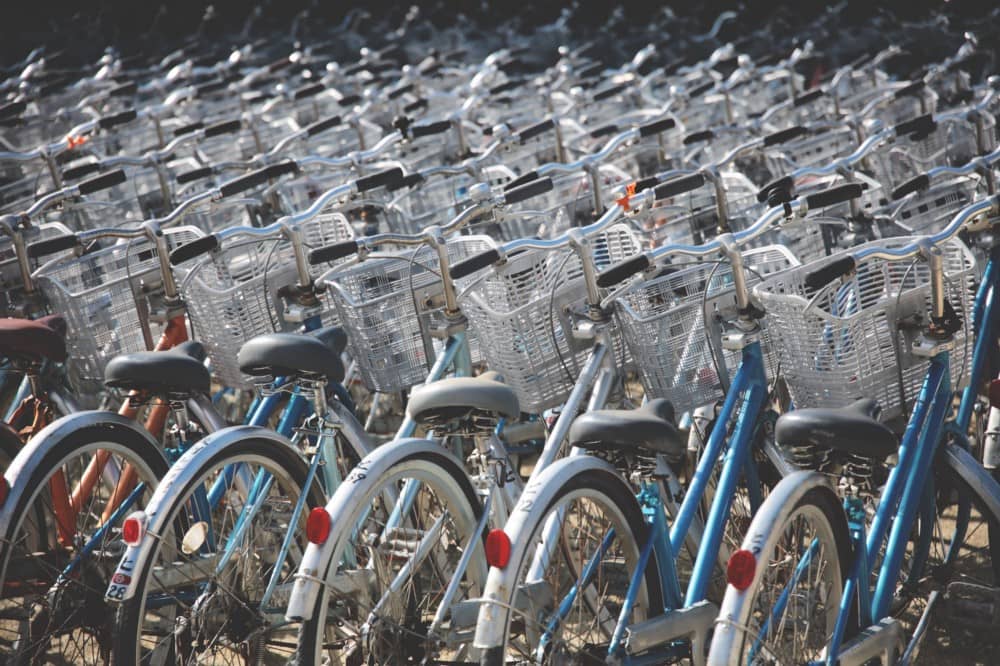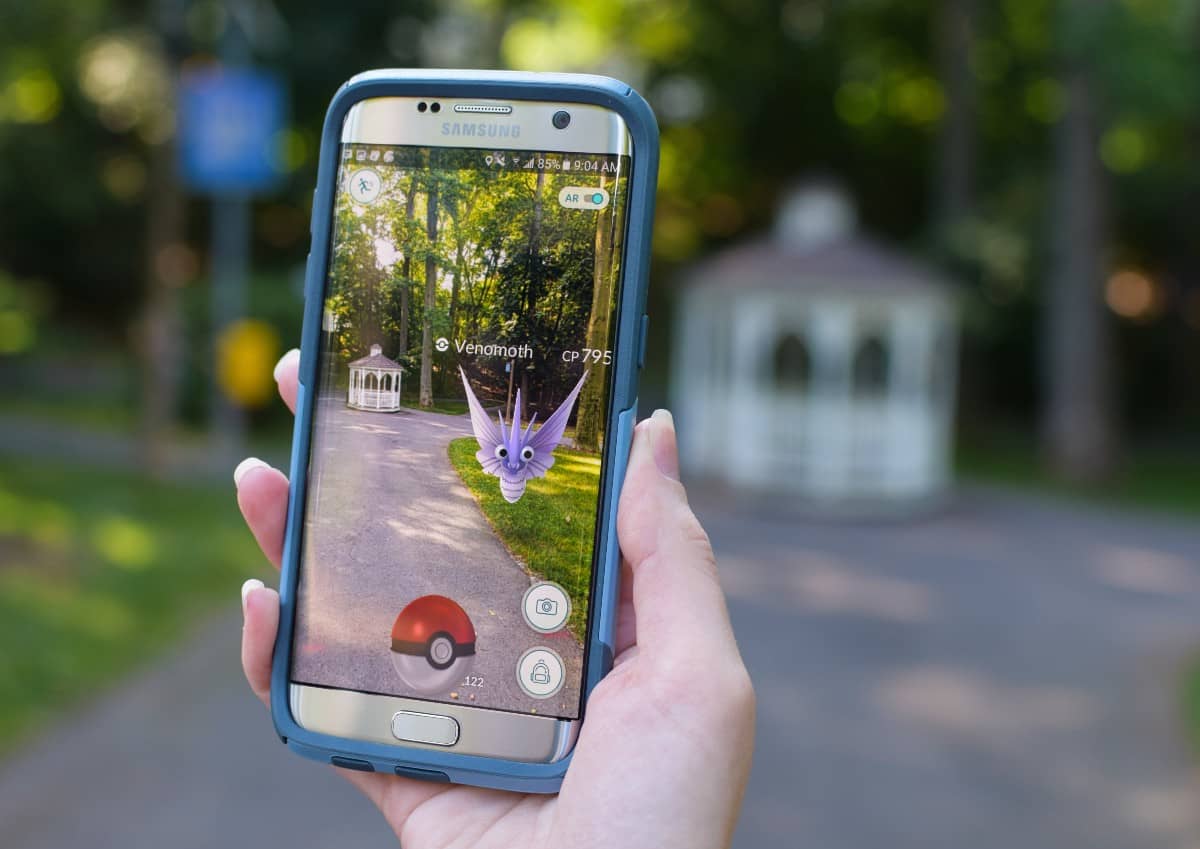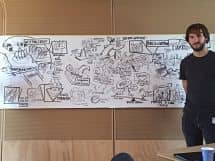

180° Turn
For years, urban planners – and we ourselves – have been warning about the need to see public space as nothing more than a mere negative of the built environment or a support to accommodate different functions, particularly that of circulation, and to make it a fundamental key to urban planning in order to respond to the central issues facing our contemporary urban societies: the socio-spatial segregation, the quality of life for all, or the lack of physical activity. Guidelines for a higher quality of public spaces, strategic plan at the metropolitan scale, placemaking… Attempts to put the design of these spaces back on the agenda have been numerous – concrete achievements much less so.
The COVID-19 pandemic puts the question of public space design back at the heart of the debate and reveals its frequent desolation, if not its absence, as a consequence of “trade-offs […] systematically favourable to the car over the last forty years”, as Vraiment Vraiment reminds us: narrow pavements, invaded by multiple technical devices and on which are parked cars, scooters or bicycles, poor quality with repair work (too) often postponed. Ironically, if the ordinary public space, the support of our daily movements, is the object of such interest, it is in order to allow… physical distancing, the limitation of contact and movement, that is to say a 180° turn and a reinforcement of the tendencies identified by town planners as the most deadly for the social body.
Even if the pandemic is a cyclical crisis that will come to an end, we must be wary of the potential long-term deleterious effects of certain – even temporary – public space design, which shapes the relationship of each individual to society and to others. This is why, even – and above all – in times of crisis when individual responsibility is engaged for the health of all, the objective cannot be limited to that of curbing the epidemic. Now more than ever, we must affirm the ties that unite us, “”reconcile” physical distance and “social rapprochement”” (Sylvain Grisot), so as not to burden social capital. Vraiment Vraiment proposes several avenues to be explored in this regard: regaining “capable public space”, promoting alternative mobility to the private car, which is likely to be the big winner in the deconfinement process, and to do this, considering the conditions for achieving this on a metropolitan rather than just a micro-local scale, rethinking the link between inside and outside to “compensate for the weakening of interior spaces for social interaction”, and finally focusing on quality and inclusiveness in order to keep urbanity alive and to turn the systems designed today into milestones for tomorrow – in short, knowing how to manage emergencies today without creating new vulnerabilities in the future.
However, let us bear in mind that public space design will not be enough: on the one hand, because the walls of public space cannot be pushed indefinitely, temporal distancing with staggered schedules will also be necessary to reduce the pressure on the use of public space. On the other hand, because while design can facilitate certain virtuous uses, it cannot constrain them – except at the cost of generalized surveillance. The success of physical distancing in public space is therefore also based on the support of users, on their understanding of the importance and effectiveness of the measures taken and therefore on clear and shared information. Here we find the fundamental pillars of resilience: action on the physical space, the strengthening of social ties, the culture of risk and communication that builds trust.
→ Find out more about our work on public spaces.
No time to read? La Fabrique de la Cité has got you covered. Check our newsletter #26.
To be informed of our upcoming publications, please subscribe to our newsletter and follow our Twitter and LinkedIn accounts.
These other publications may also be of interest to you:
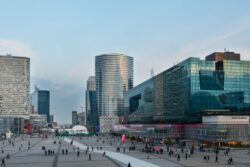
Death and life of CBD
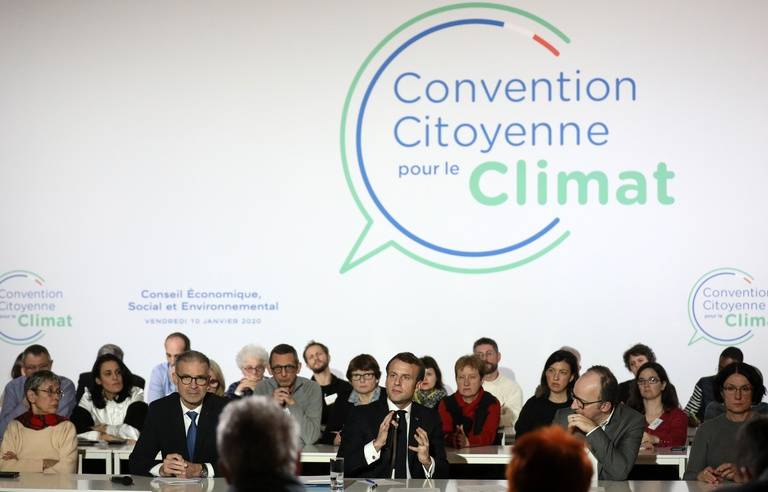
Is resilience useful?
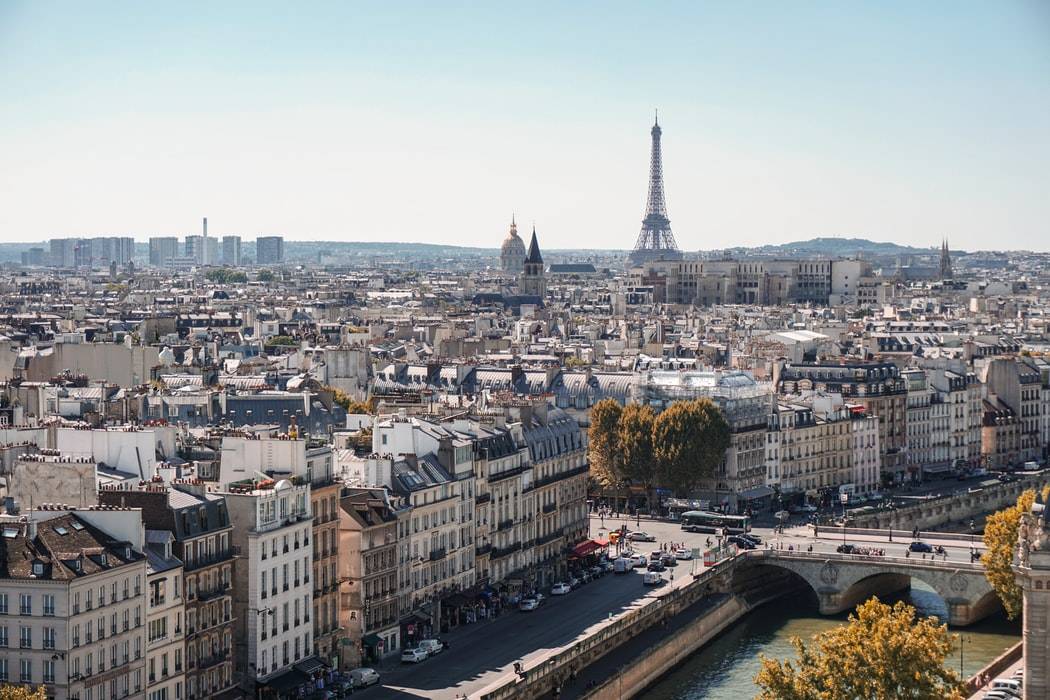
Long live urban density!
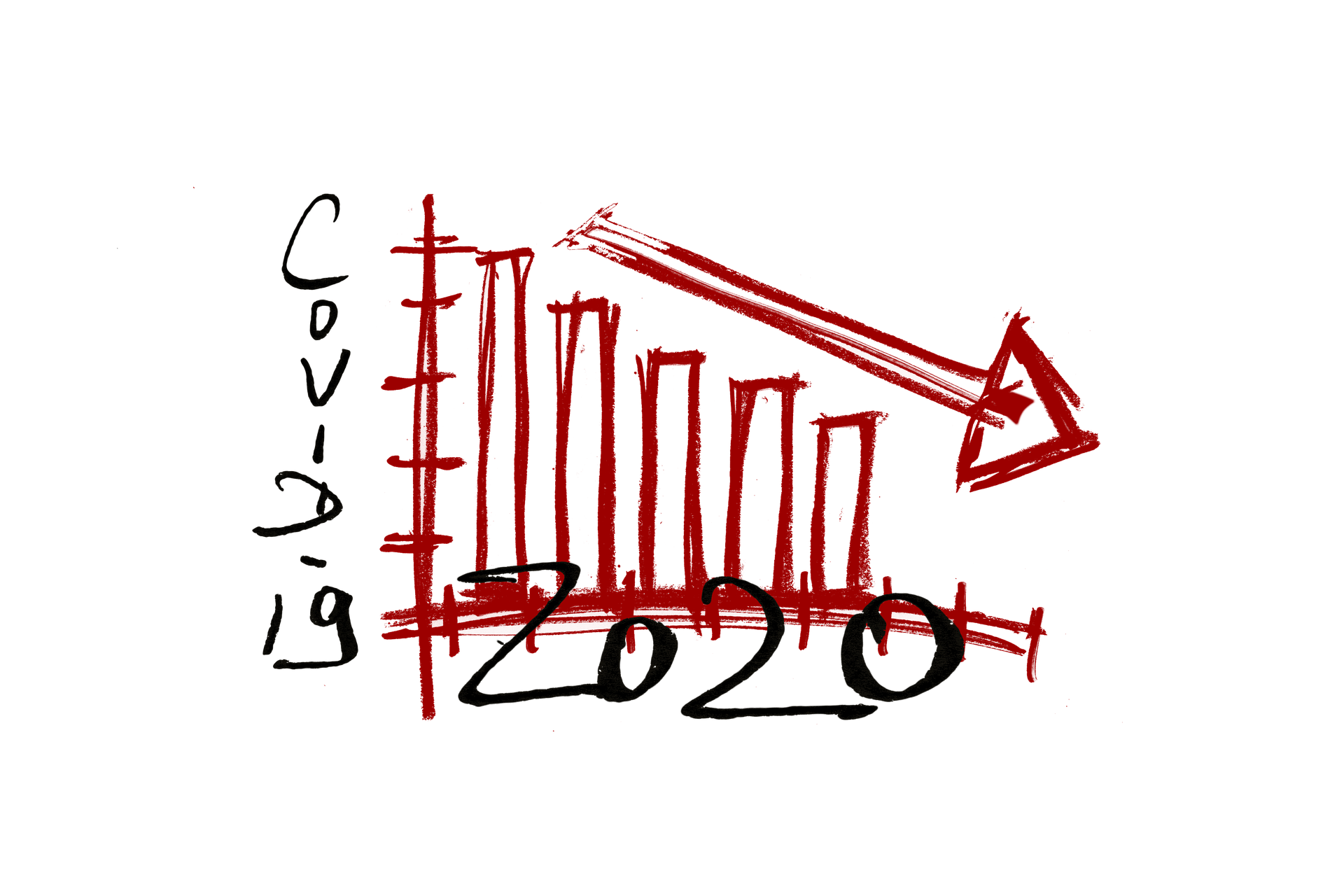
Behind the words: Recovery
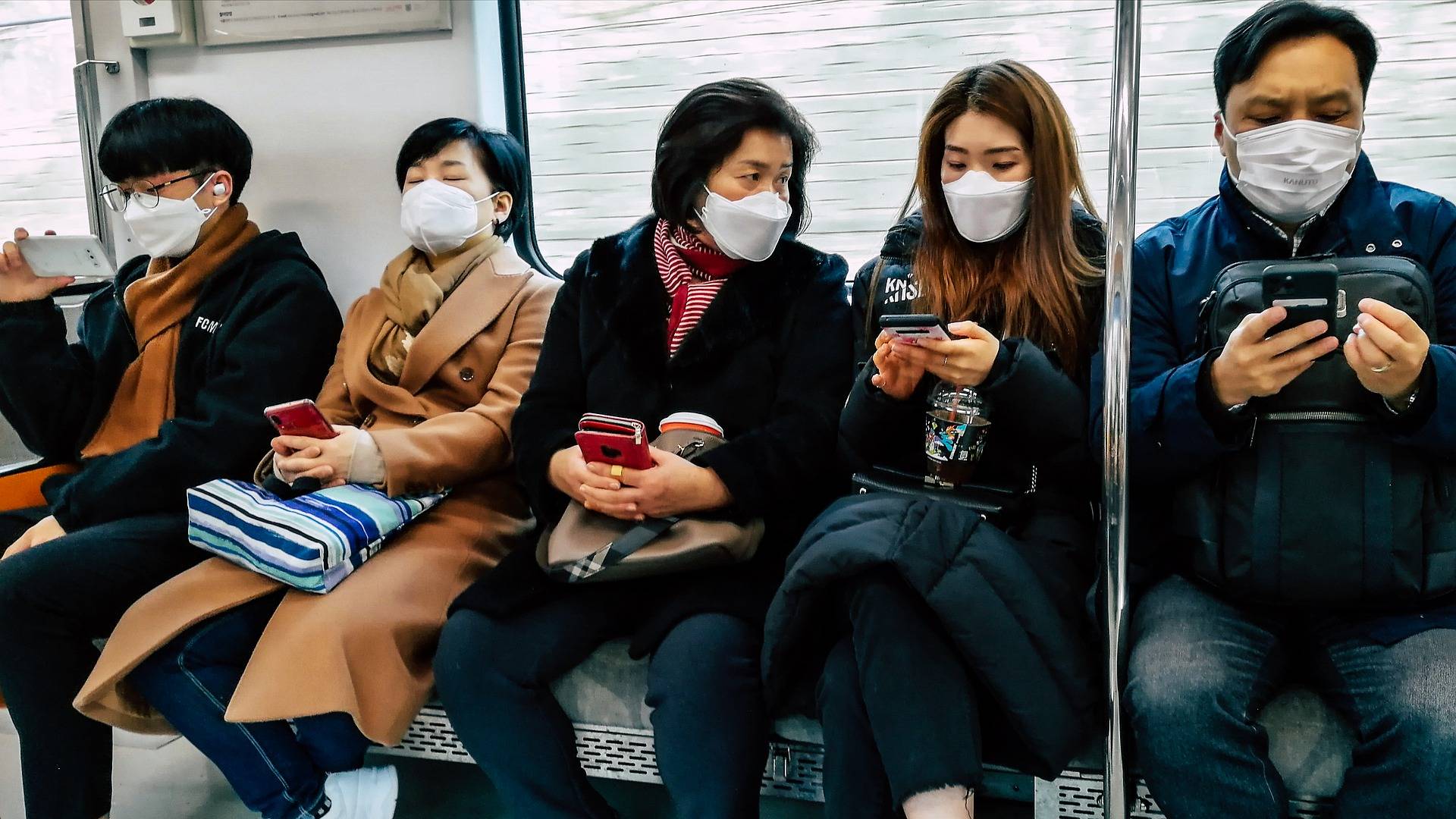
Sending out an SOS
The ideal culprit
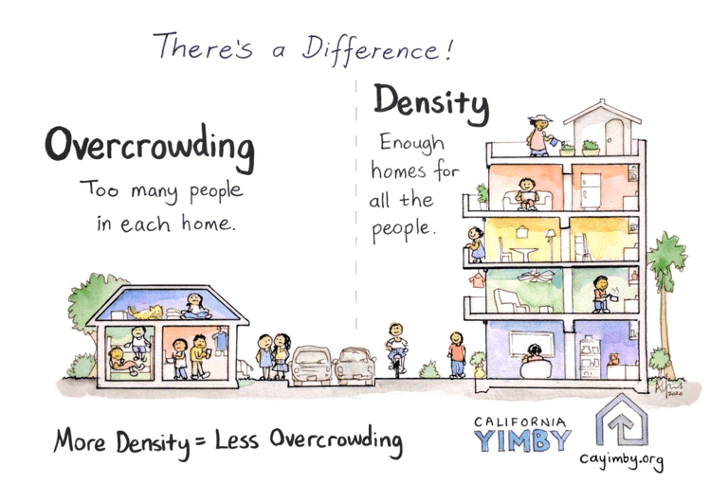
Behind the words: density
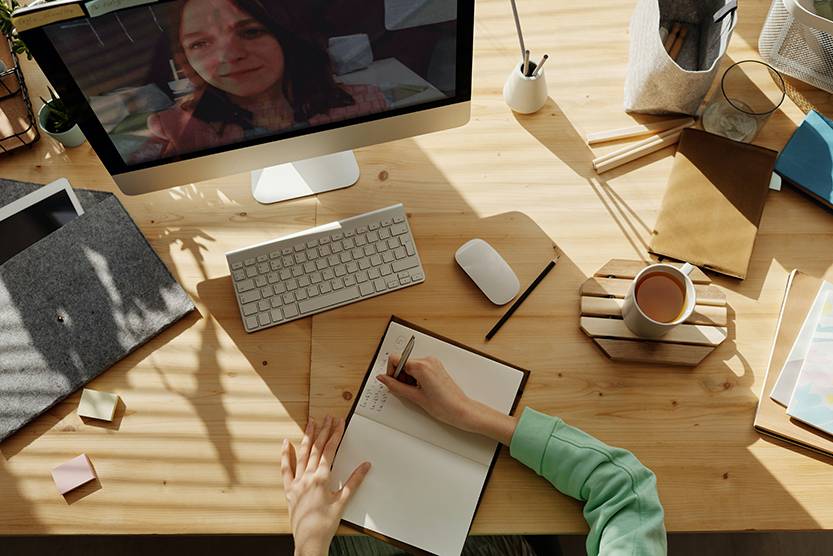
Behind the words: telecommuting
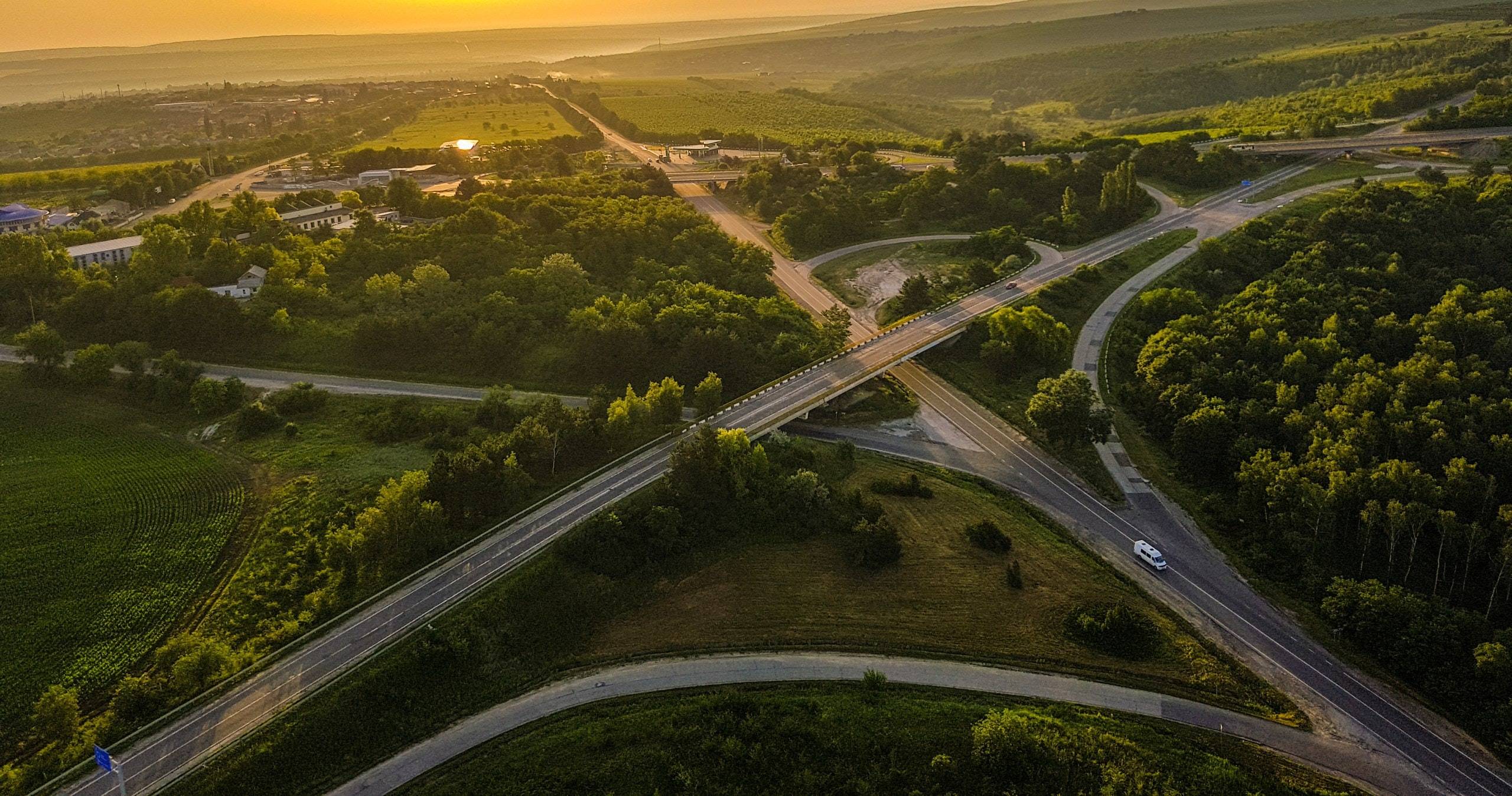
Behind the words: urban congestion

Behind the words: food security
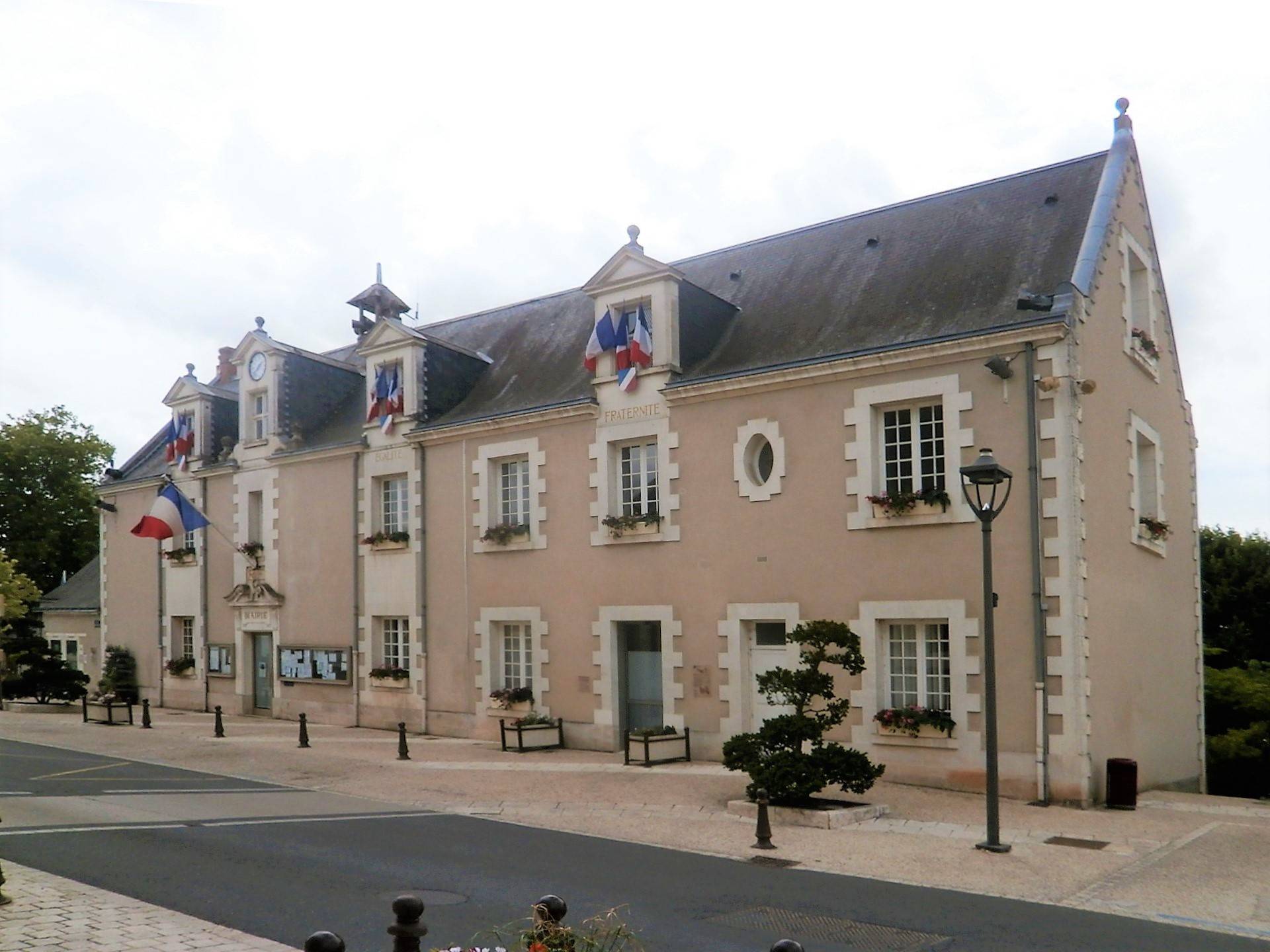
Cities in safe boot mode
Across cities in crisis
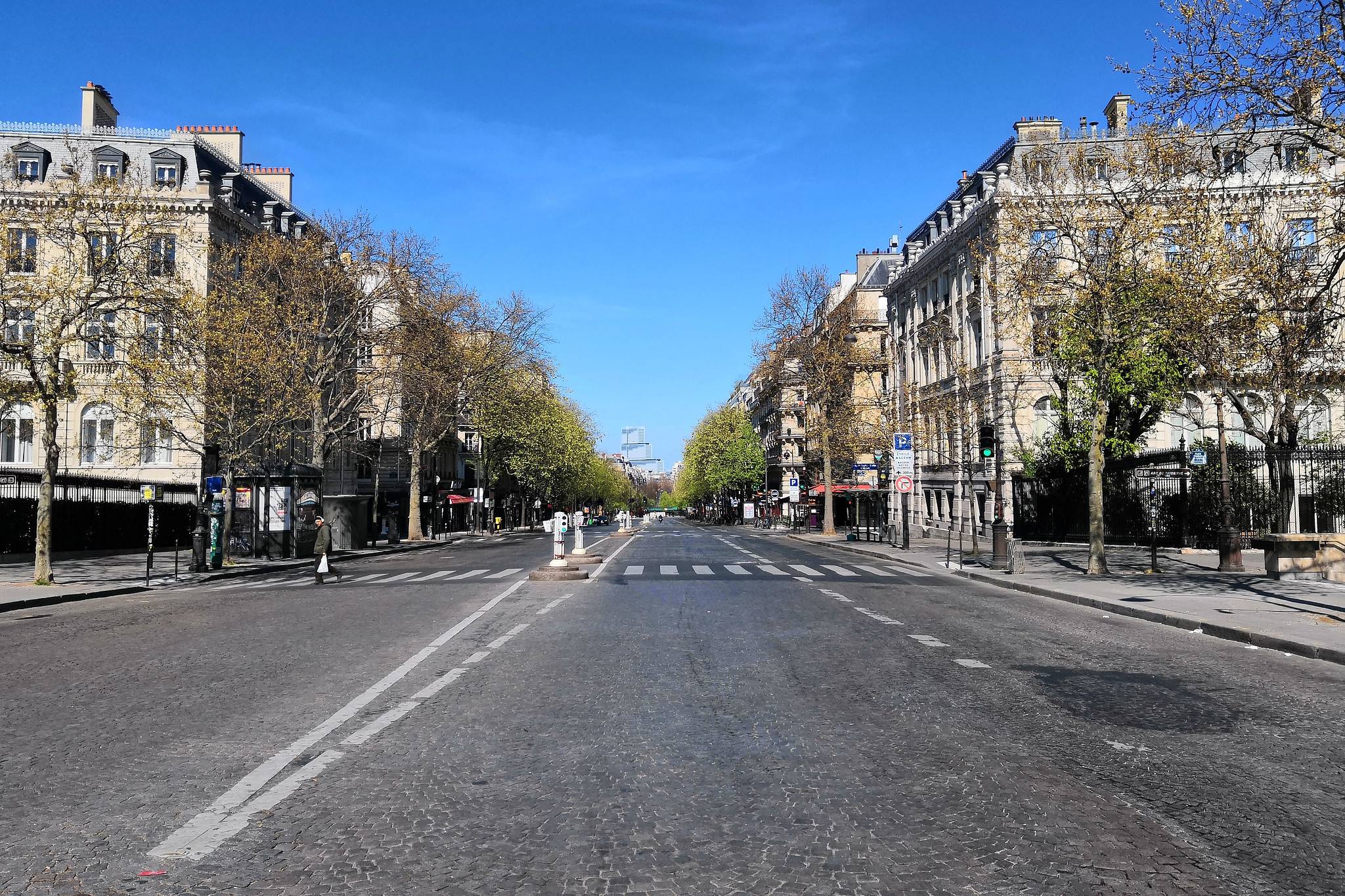
A street named desire
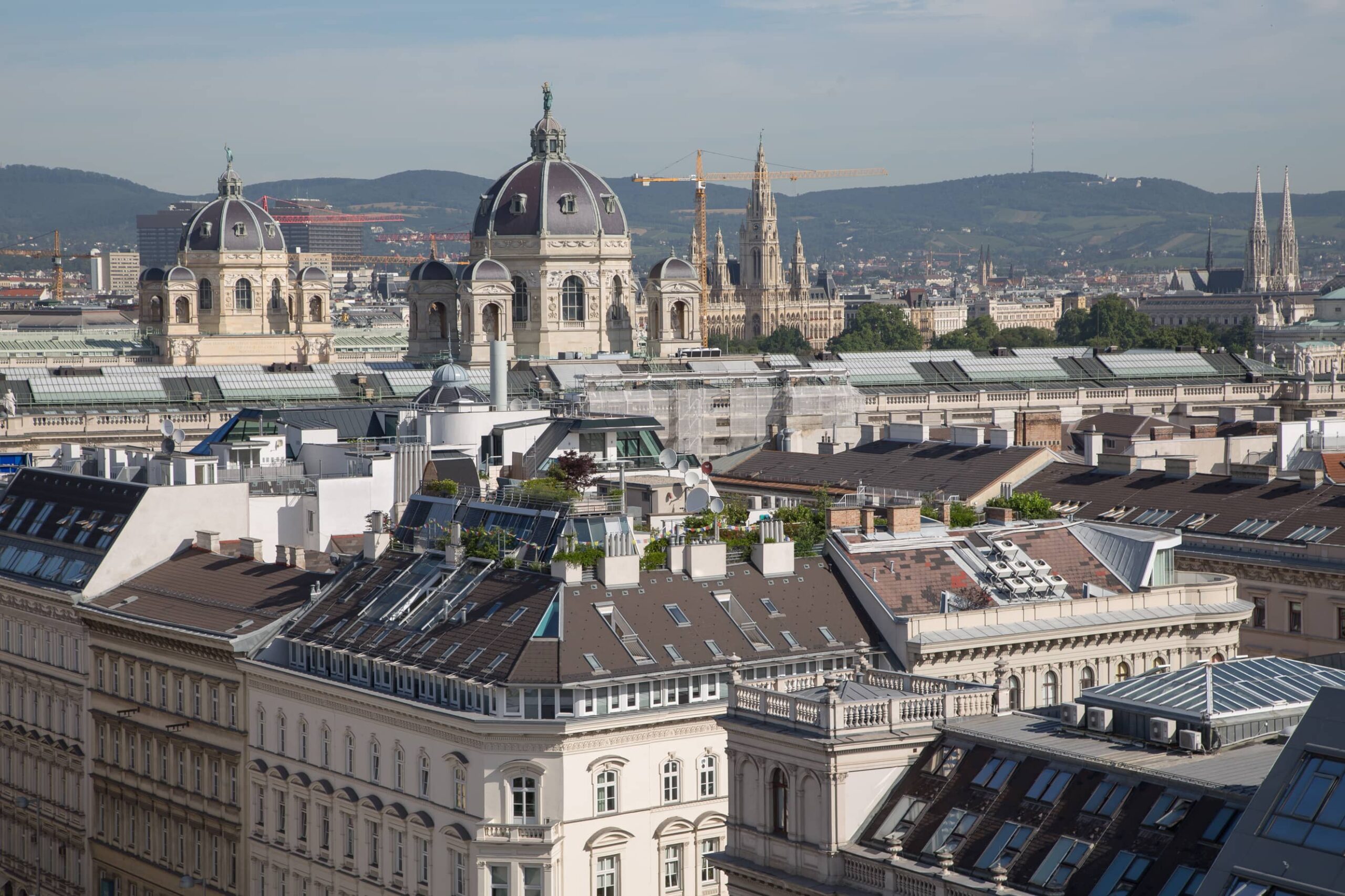
Vienna
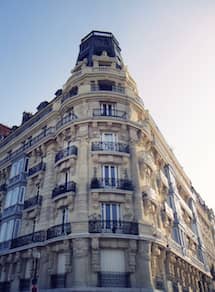
Hausmann and us
La Fabrique de la Cité
La Fabrique de la Cité is a think tank dedicated to urban foresight, created by the VINCI group, its sponsor, in 2010. La Fabrique de la Cité acts as a forum where urban stakeholders, whether French or international, collaborate to bring forth new ways of building and rebuilding cities.















